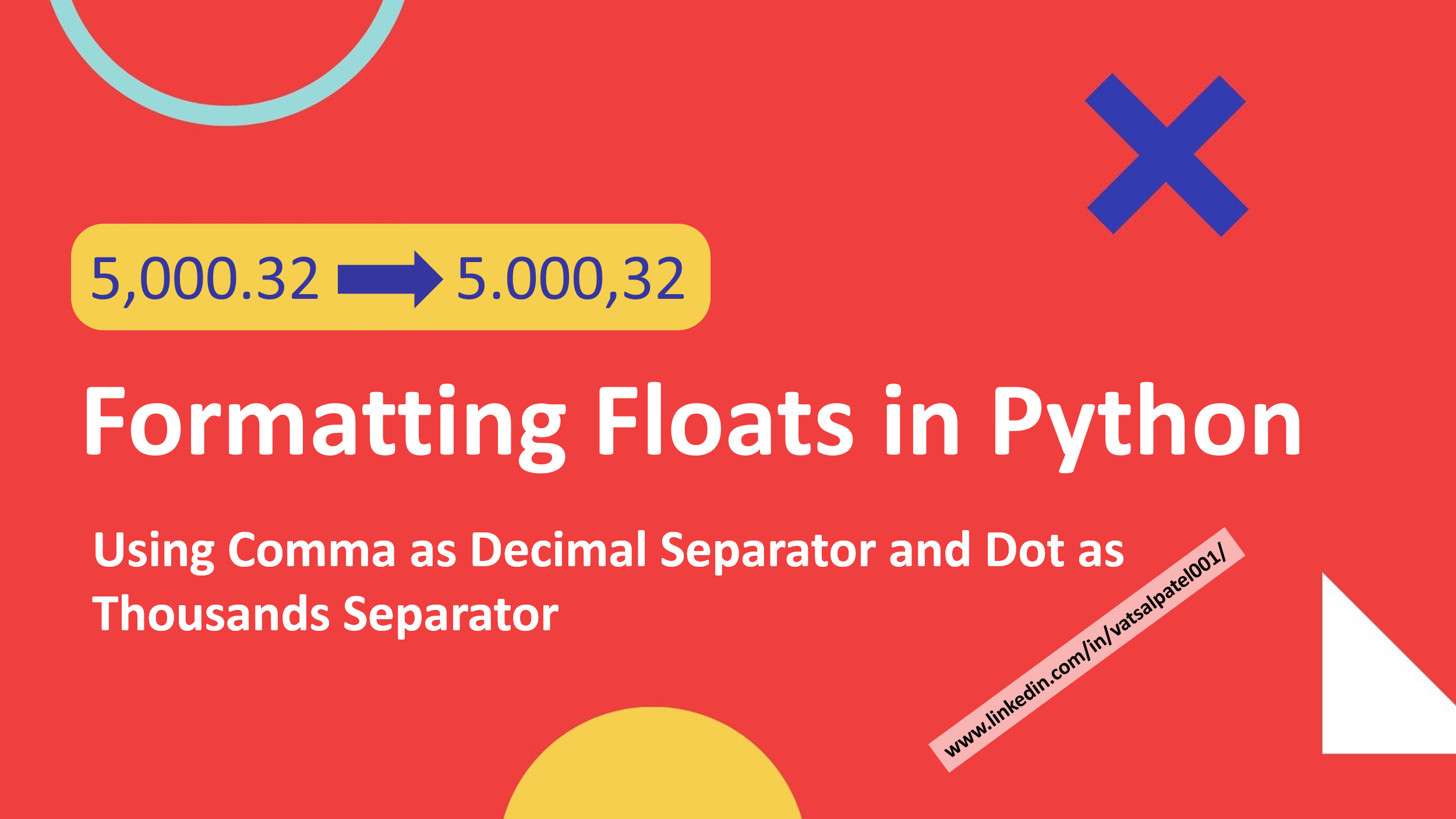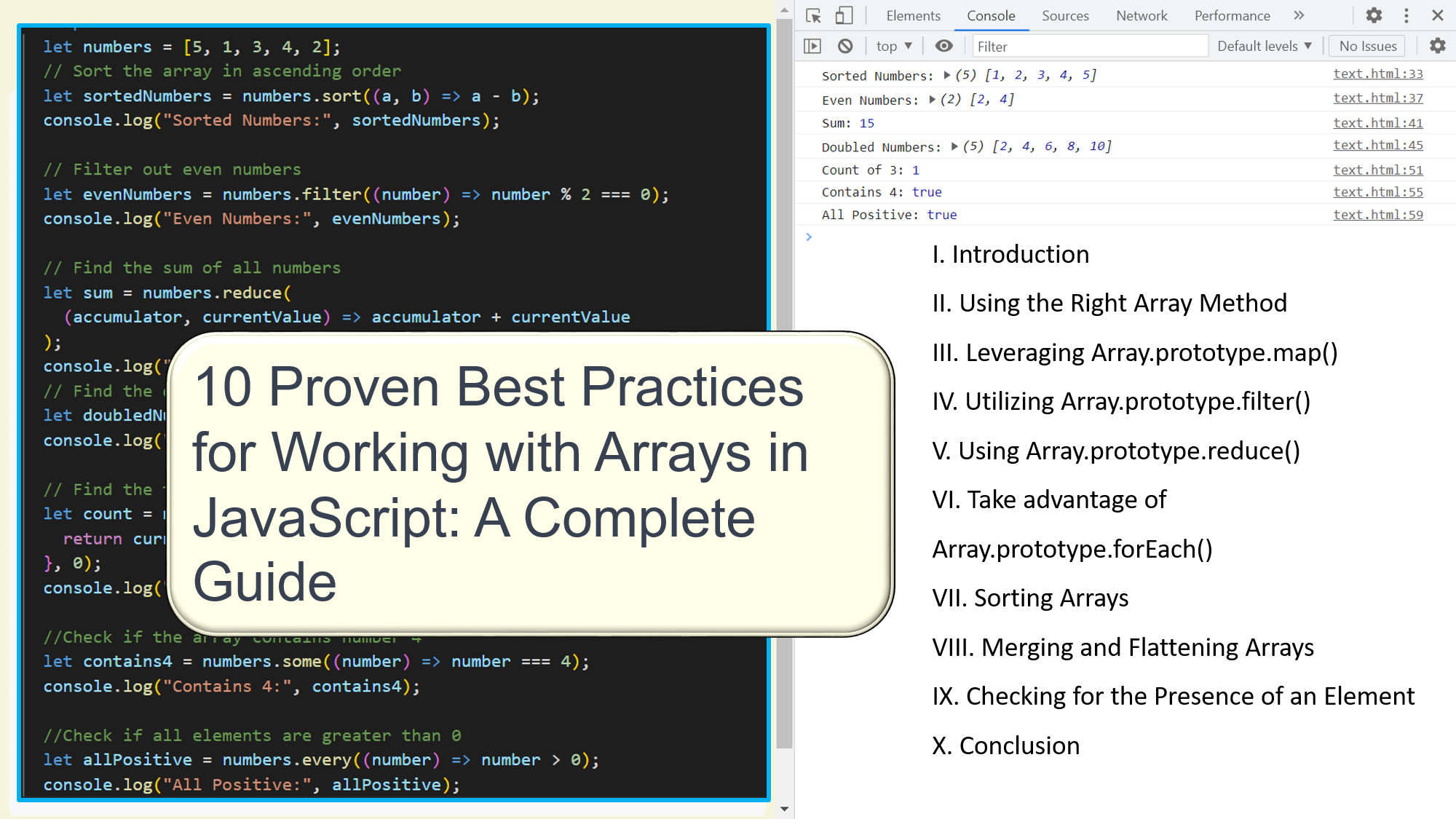4 Examples of Using super() in JavaScript Class Inheritance
In JavaScript, the super() method is used to call the constructor of a parent class, and it is typically used in a derived class (also known as a subclass or child class) that extends a parent class. Example 1: Basic usage of super() in a derived class Example 2: Passing arguments to the parent constructor … Read more


